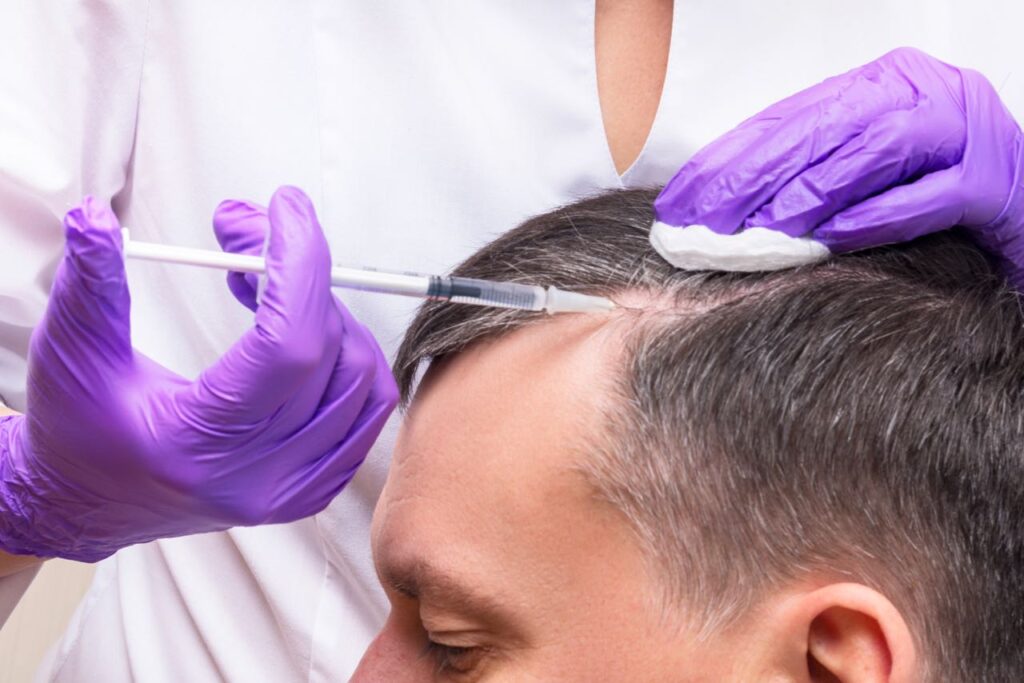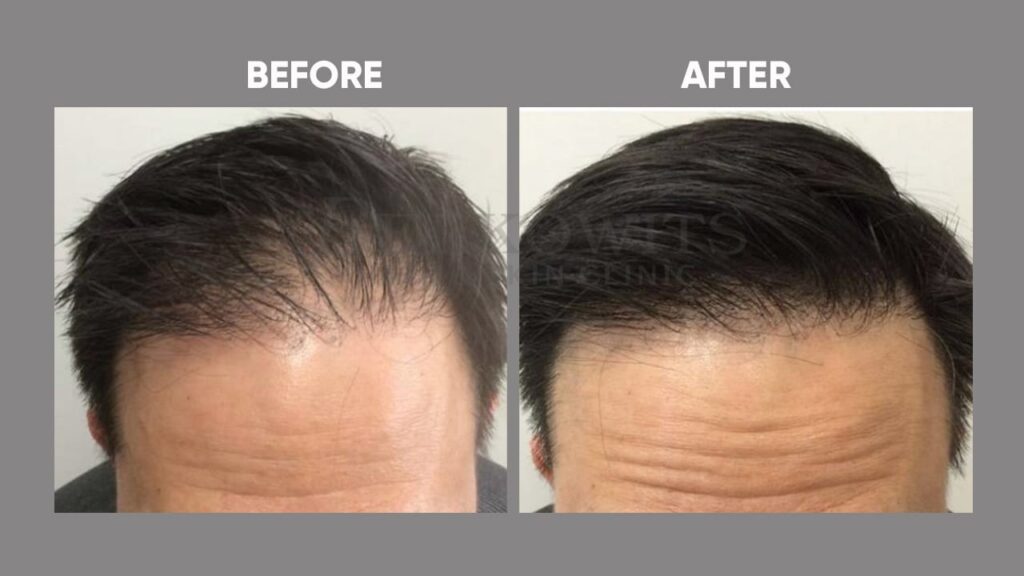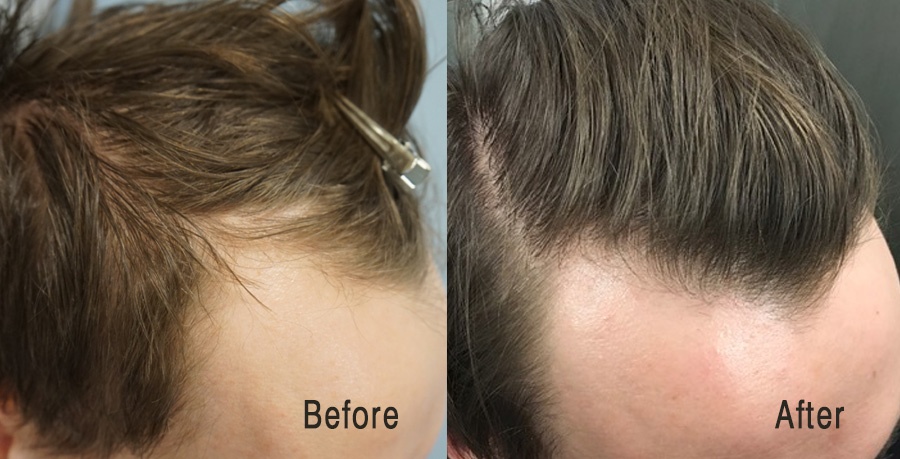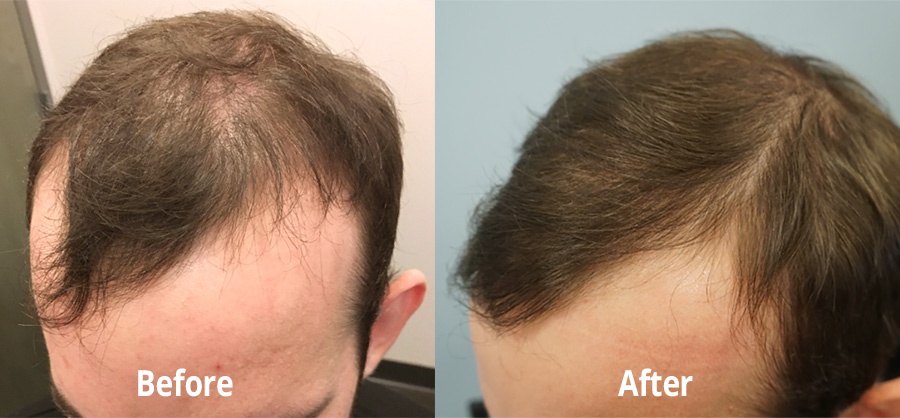HAIR PRP THERAPY
Hair PRP Therapy Overview
HAIR PRP THERAPY: Platelet-rich plasma (PRP) is a treatment that Surgeons use to accelerate healing in various areas of the body. It may help restore hair growth. Dr. Yatindra Dewangan typically uses HAIR PRP THERAPY treatment when hair loss results from androgenetic alopecia, a common condition that causes hair follicles to shrink.
Welcomr to our
DrY Cosmetic Plastic Surgery & Hair Transplant Center
HAIR PRP THERAPY: Platelets are a component of blood, along with red and white blood cells. When a person sustains a cut or wound, the platelets are some of the body’s “first responders” that arrive to stop the bleeding and promote healing.
Researchers theorized that if they could extract concentrated platelets and inject them into damaged areas of the body, they could accelerate healing.
To produce PRP, a medical professional will take a blood sample and put it into a machine called a centrifuge. This machine spins at a rapid rate, which separates the components of the blood. The medical professional then extracts the platelets for injection.
PRP contains a range of growth factors and proteins that speed tissue repair. As some types of hair loss result from damage to hair follicles, researchers initially hypothesized that PRP could help regrow hair by reversing the process that occurs in androgenetic alopecia.
Since then, PRP has become a popular method of restoring hair growth. Plastic Surgeons have also used PRP to treat injuries to the tendons, muscles, and ligaments, such as those that people sustain during sporting activities.
Hair PRP Procedure

The following steps are an example of a common approach to PRP injections for hair loss:
- A medical professional draws blood from a vein in the arm.
- They place the blood sample in a centrifuge.
- The centrifuge spins the blood, separating its components.
- A medical professional extracts the platelets using a syringe.
- A doctor injects the platelets into targeted areas of the scalp.
The entire process may take about 1 hour, and several sessions may be necessary. After receiving PRP treatment, a person can usually return to their regular activities without any limitations.



